“Pepe Espaliú. In These Twenty-Five Years”
Curated by Jesús Alcaide
“Twenty-five years have passed since his disappearance, yet the work of Pepe Espaliú (Córdoba, 1955) continues to reveal angles and places that, with an express desire that the artist dedicated a large part of his career to, had remained unseen, veiled, hidden.
Unlike the recent retrospective exhibitions that, since his death in 1993 due to complications related to AIDS, have been made within the Spanish State, this exhibition attempts an updated revision of his legacy. We wish to present the work of this fundamental artist, making visible the changes that came into being as the eighties gave way to the nineties in the last century.
Although Espaliú initiated his art career in Barcelona in the early seventies, during the rise of conceptual art in Catalonia, it wasn’t until the beginning of the eighties that his work became a complex territory of concealment and desire, where issues such as the body, identity, the double, illness, power, and death were progressively weaved together. Contact with members of the magazine Figura, and his joining a group of artists who were renewing the Andalusian art scene, were key. These artists took part in the budding postmodernity of a scene that emerged around the gallery La Máquina Española, in Seville. Espaliú was to become the “tightrope walker on the black line, one who knows how inhuman his task is and yet walks from one end to the other, from indifference to laughter, defying the void that makes us up as spectators”.
Pepe Espaliú. These Last Twenty-Five Years is a memory, and, just like the title of his first exhibition at La Máquina Española in 1987, it is also a betrayal, because it’s dedicated to the artists of the future, those he wrote a lullaby for in one of his texts. “Always stick to the margins, sons of God’s malaise”. This exhibition is a warning, a memory that, just like in Carrying, makes sense in the here and now. “A long and humid call… the last days”
Jesús Alcaide
Pepe Espaliú was born in Córdoba in 1955 to a family connected to jewellers and goldsmiths, and studied in the school of arts and crafts of his home town. He then continued his education at the School of Fine Arts in Seville, and finally moved to Barcelona in the early seventies. His contacts with the Catalan capital’s art scene, and the air of freedom within it, were to be of fundamental importance to his practice.
Towards the end of the decade, Espaliú moved to Paris, where he came into contact with the international art scene and came across the figure and oeuvre of Lacan and Barthes, who were to leave a deep mark on his work.
In the eighties, his relationship with La Máquina Española began, the Seville gallery around which an important nucleus of avant garde art was generated. Soon afterwards, he exhibited in Paris, Amsterdam, and New York. His work increasingly moved away from painting in order to explore sculpture, dealing with a personal and unique language in direct relation with the international renewal taking place at the time. But he also drew, wrote, or carried out actions. The connection between all these disciplines is evident in a series of personal symbolic images which were to become the fundamental axis of his mature work.
In 1990, he discovered he was HIV-positive, and the illness marked the last, feverish years of his life: a new series of sculptures, and above all the Carrying Project, which he focused on in the last year of his life, first with a performance in San Sebastian, and later on in Madrid, where it had an enormous repercussion in the media.
Pepe Espaliú died on the 3rd of November of 1993 in Córdoba.
In May of 1994, the first retrospective of his work was shown at the Mudéjar Pavilion in Seville, and the Museo Nacional Centro de Arte Reina Sofía presented his first homage exhibition. Ten years later, the first comprehensive retrospective of his work was to be presented in Seville and in Madrid. In 2010, the Centro de Arte Pepe Espaliú opened in Córdoba, dedicated to the study of his work.
garcía | galería wishes to celebrate the twenty-fifth anniversary of Pepe Espaliú’s passing with an exhibition to introduce his work to a new public, restoring his figure and his legacy, and highlighting his importance as one of the great innovators of sculpture in the last decades of the 20th Century.
This exhibition made in collaboration with pepe cobo y cia, Colección Begara-Perea and the González Espaliú family.

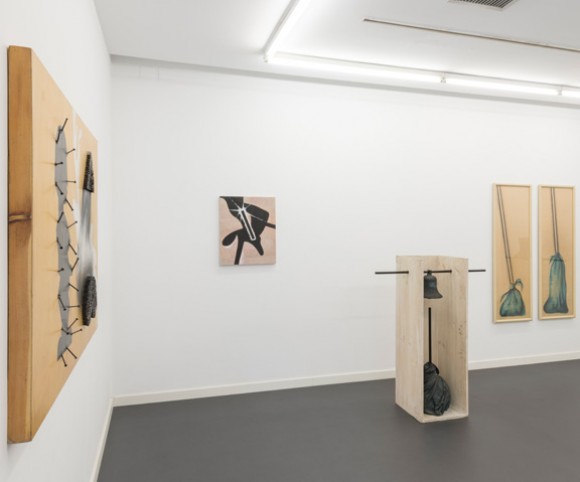
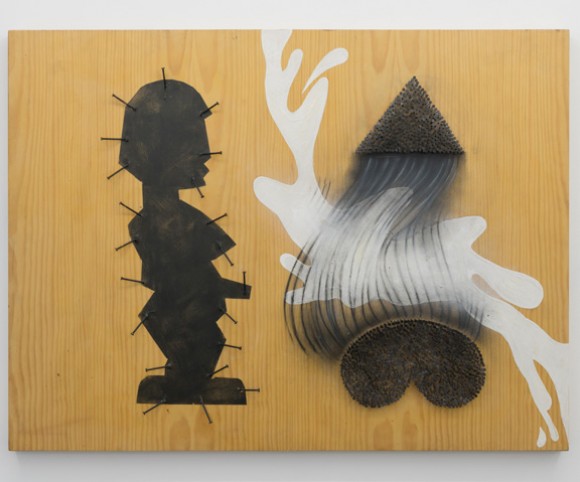
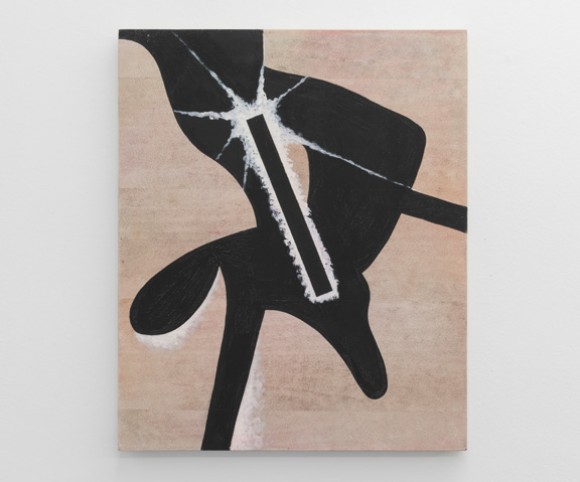
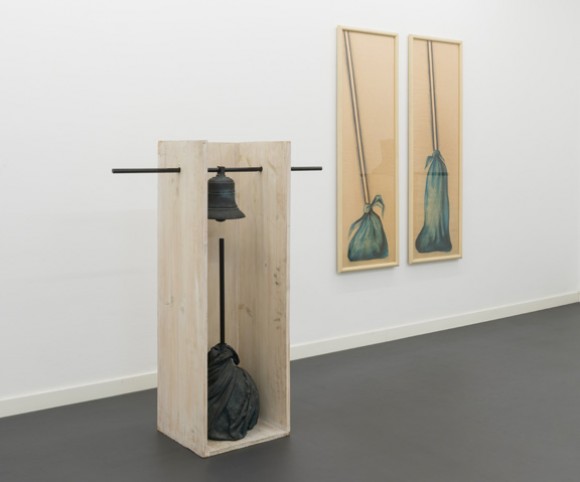
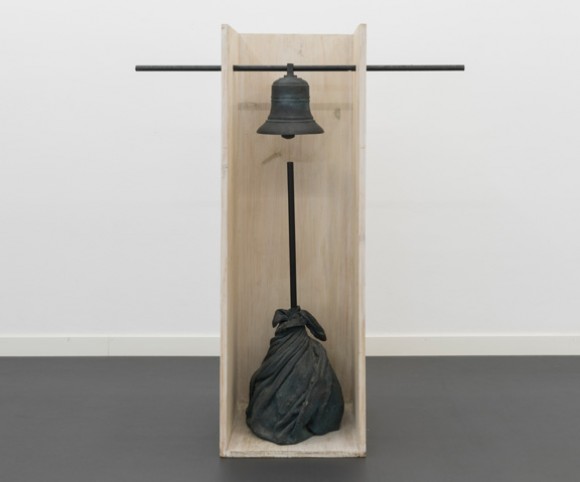
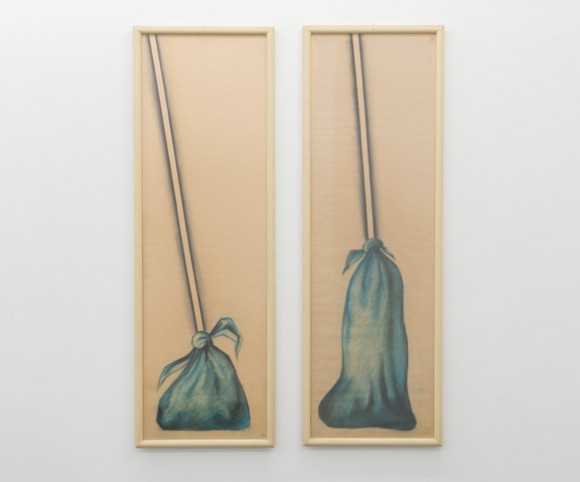
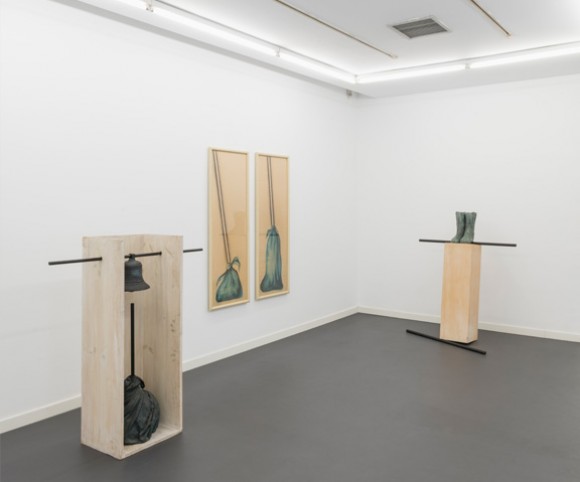
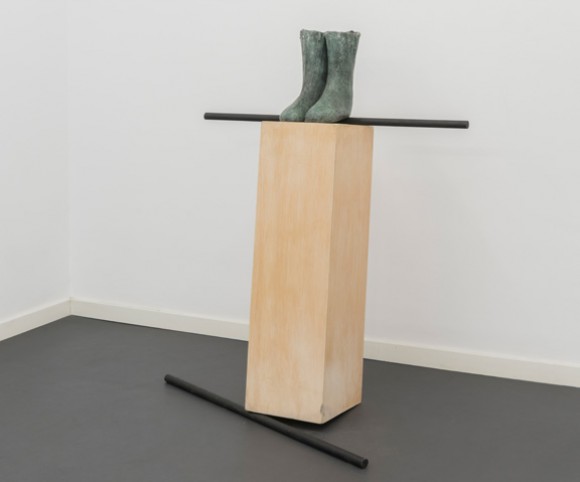
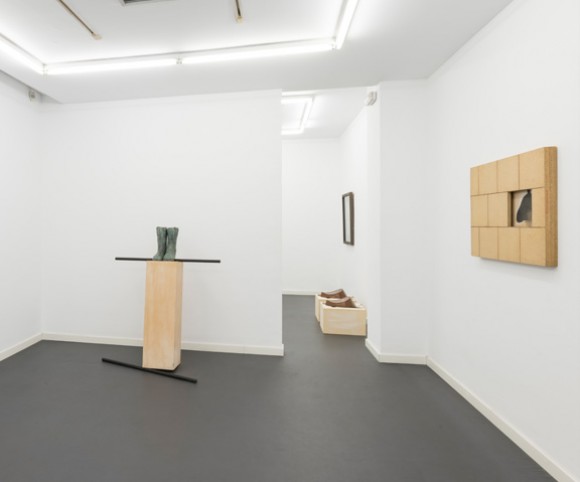
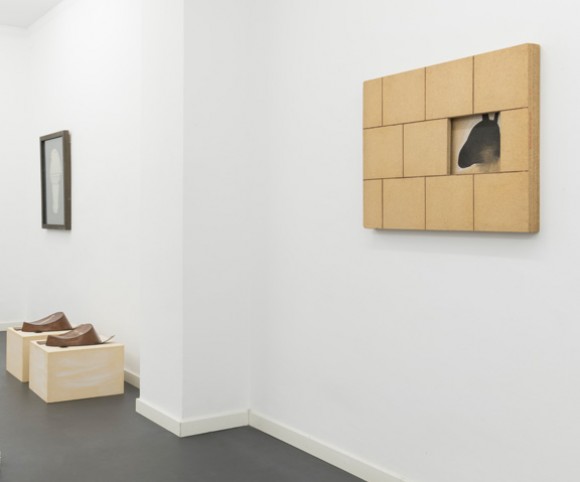
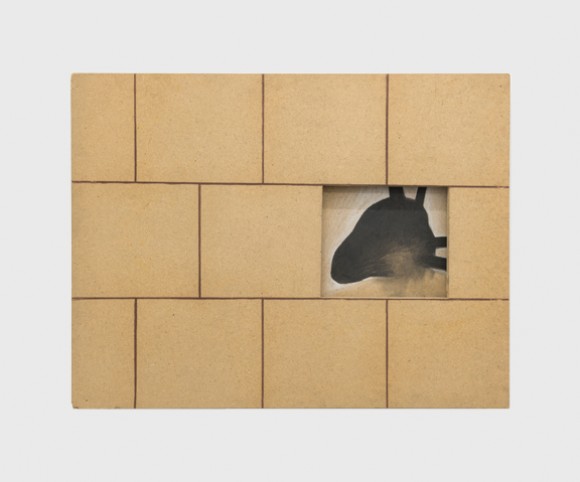
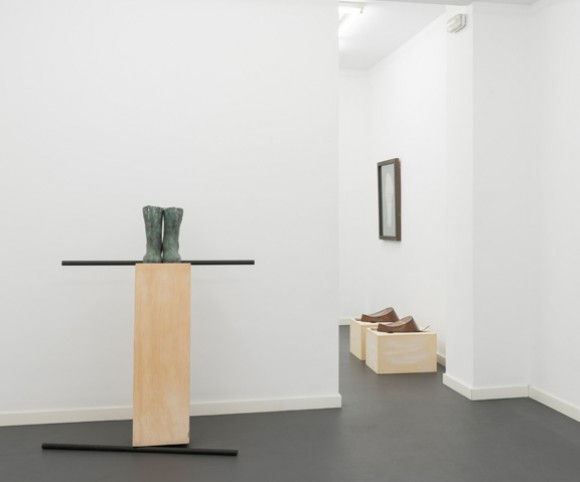
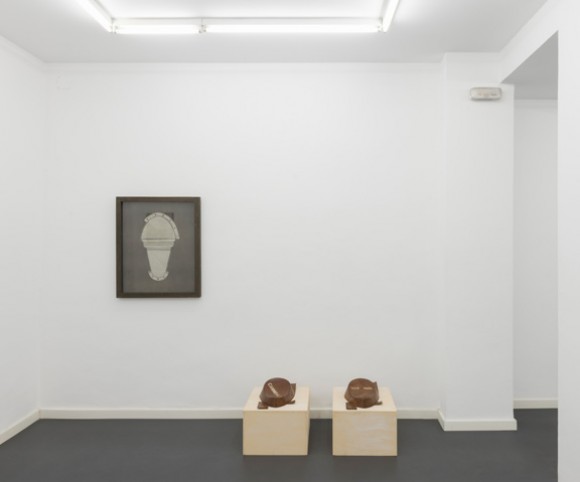
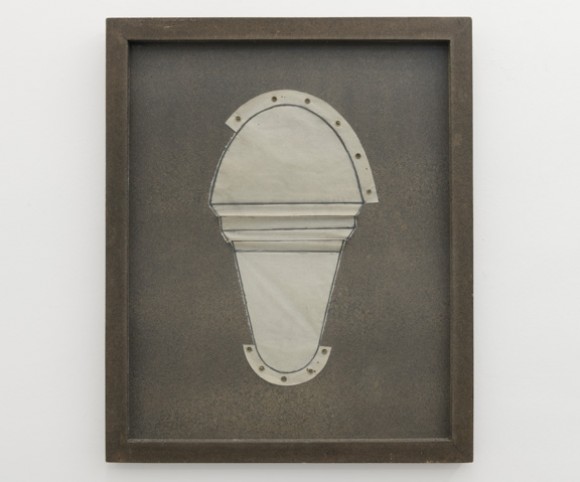
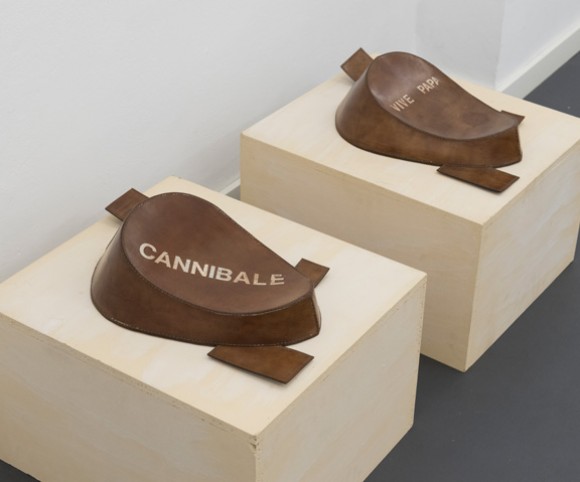
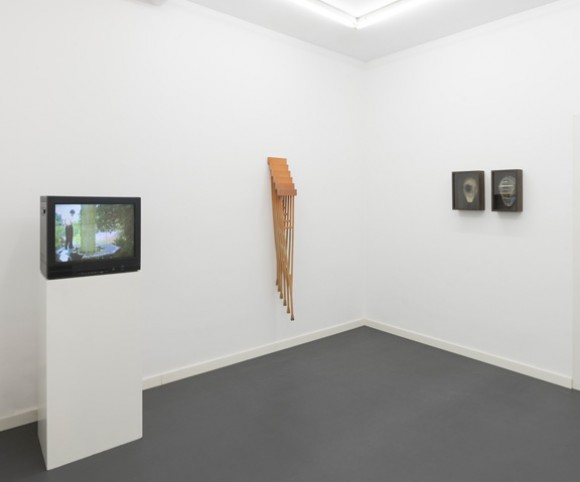
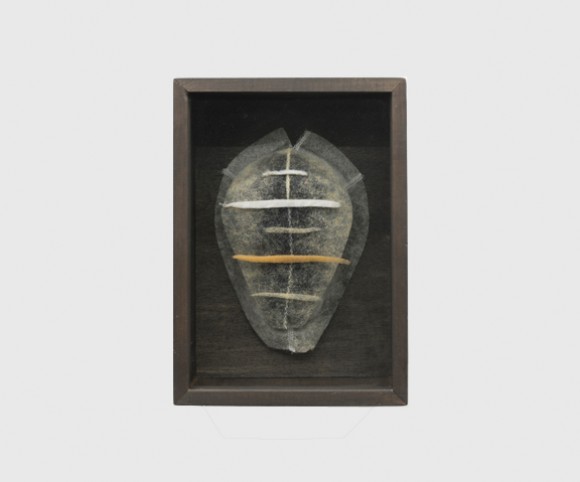
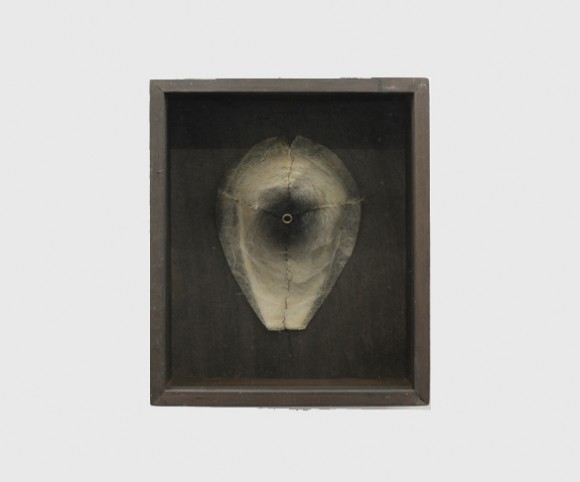
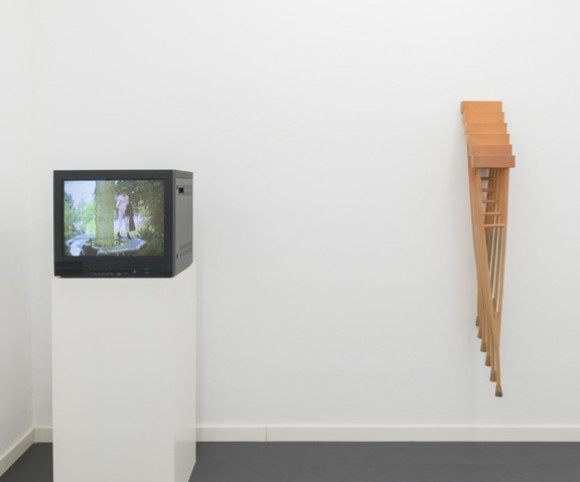
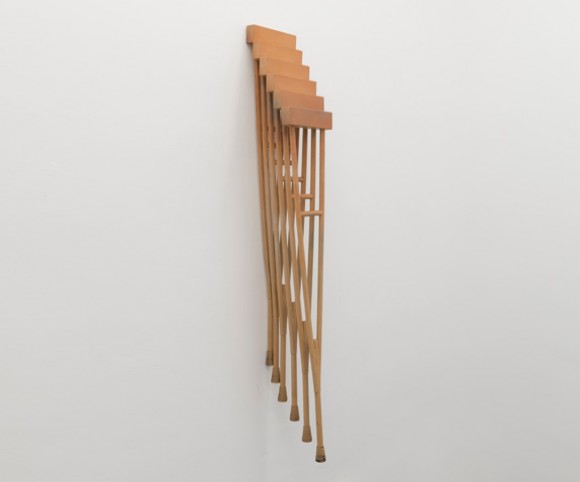
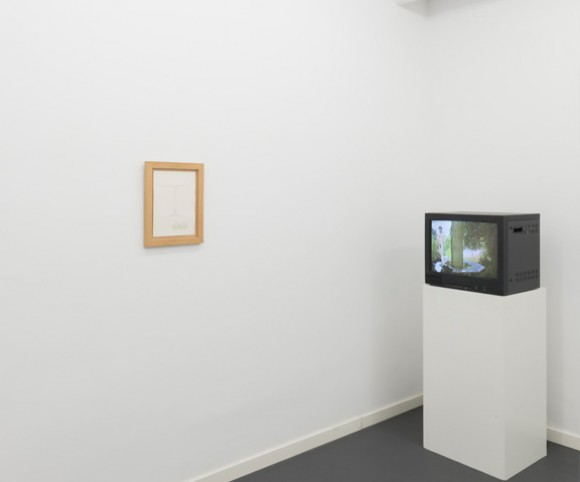
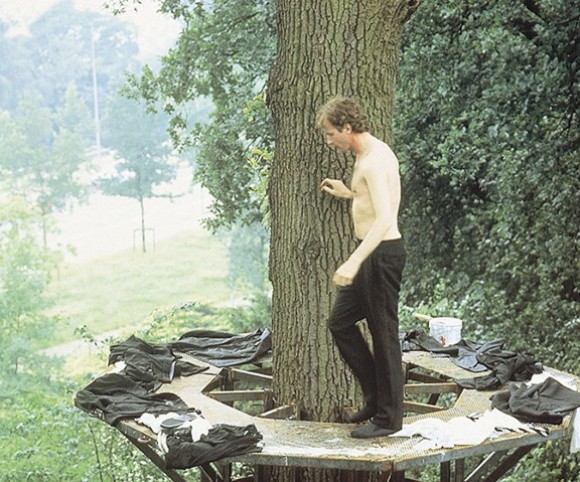
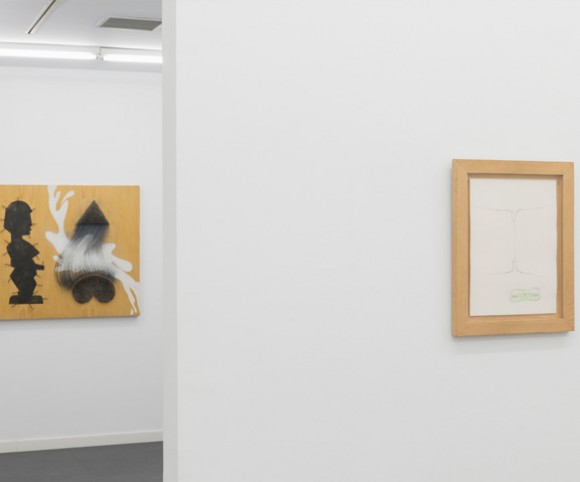
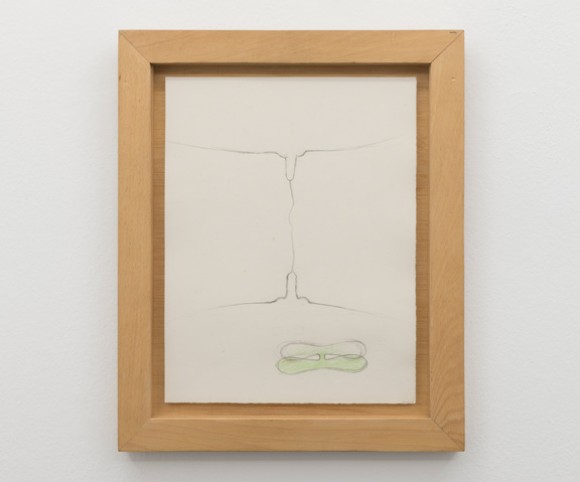
 sending...
sending...